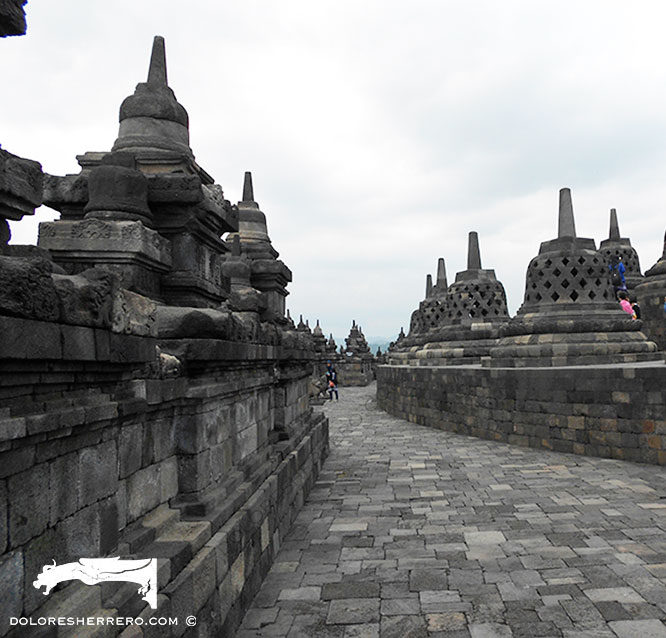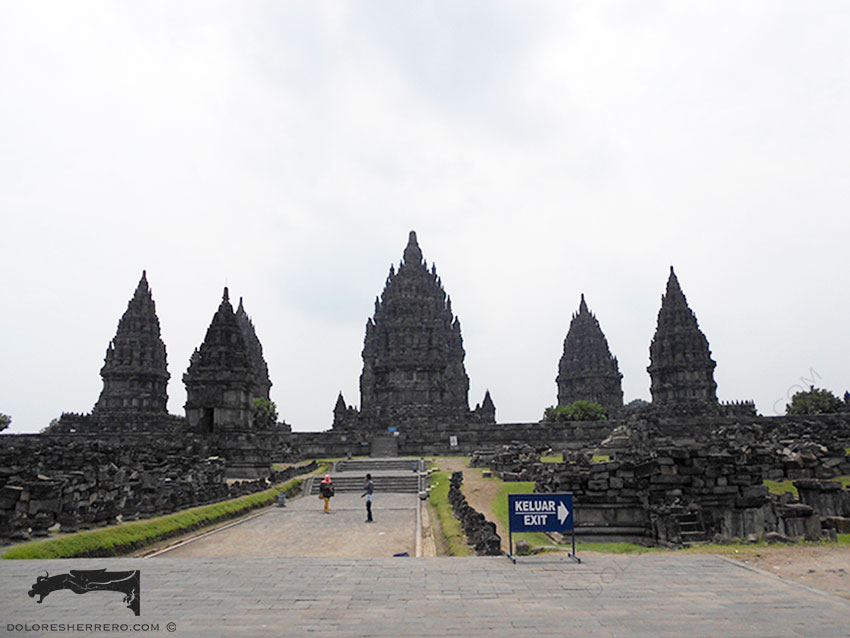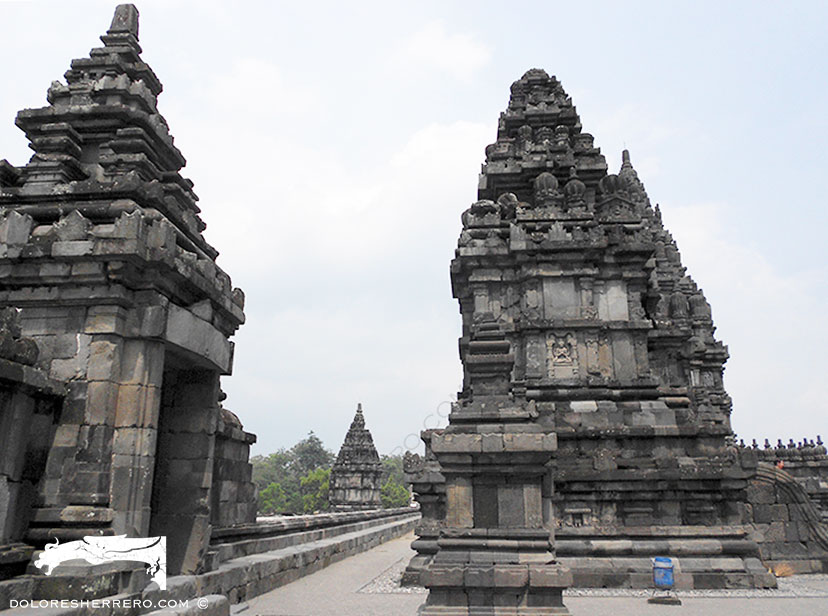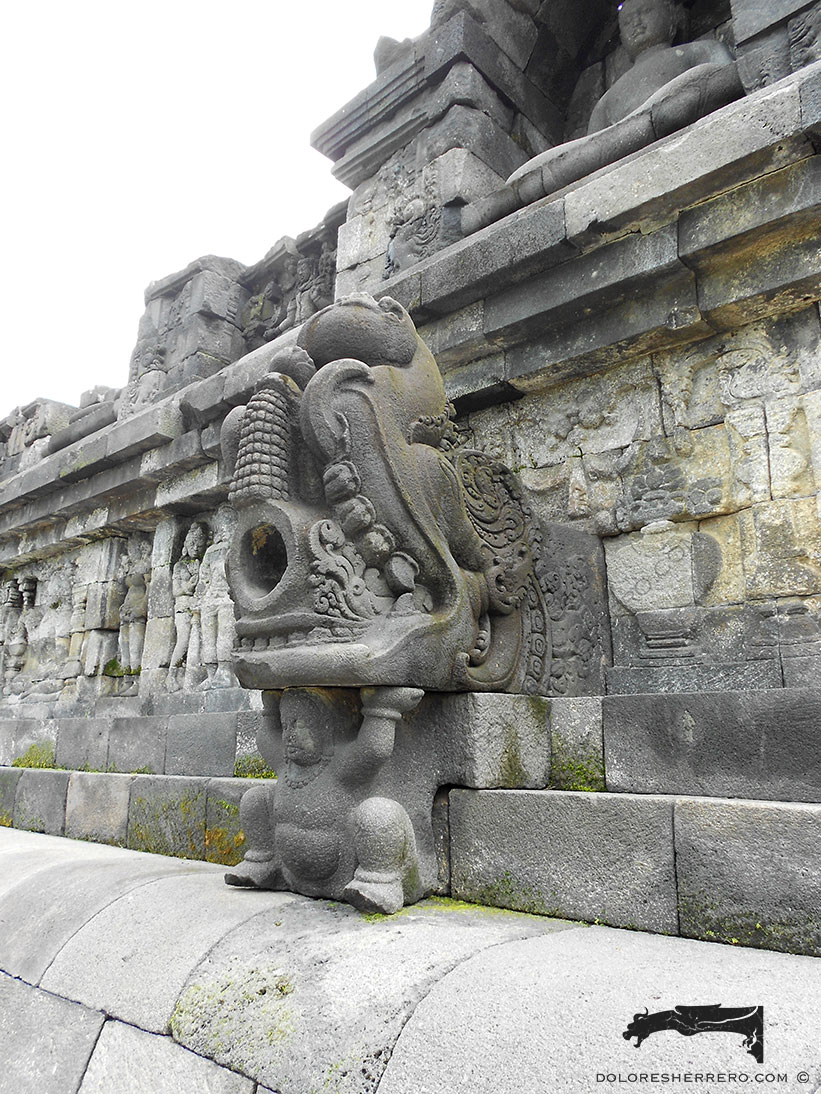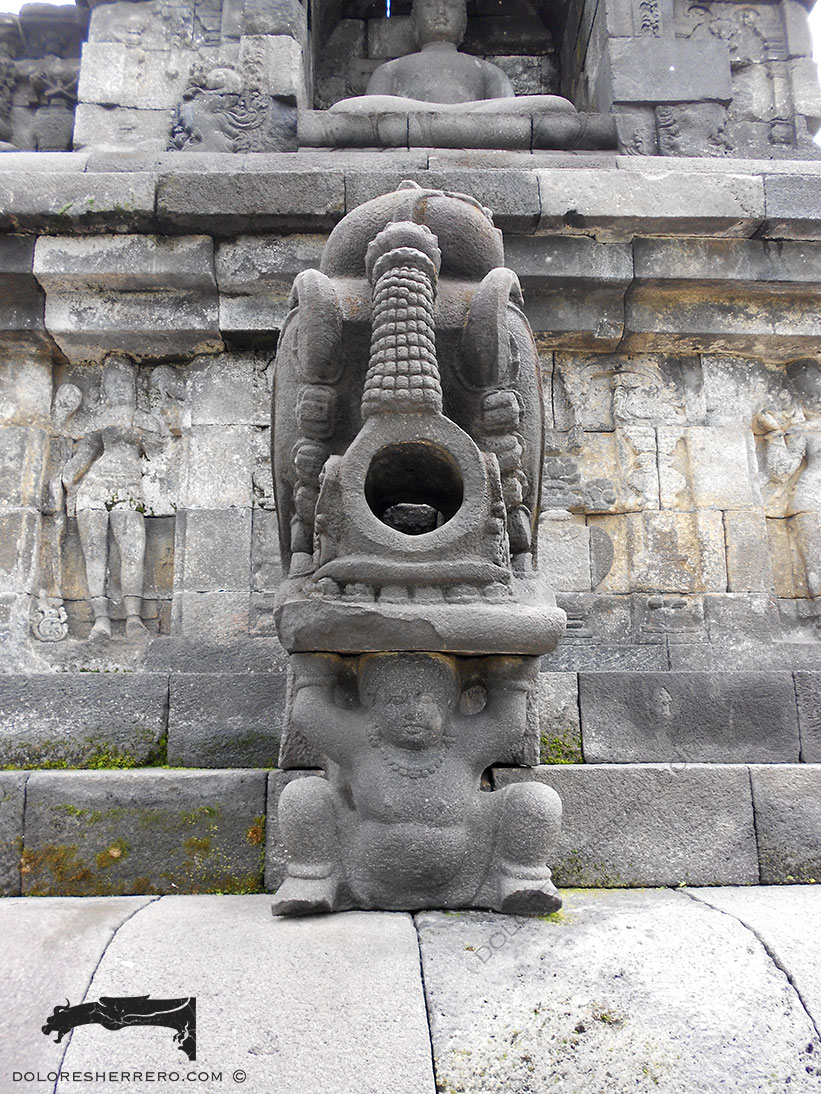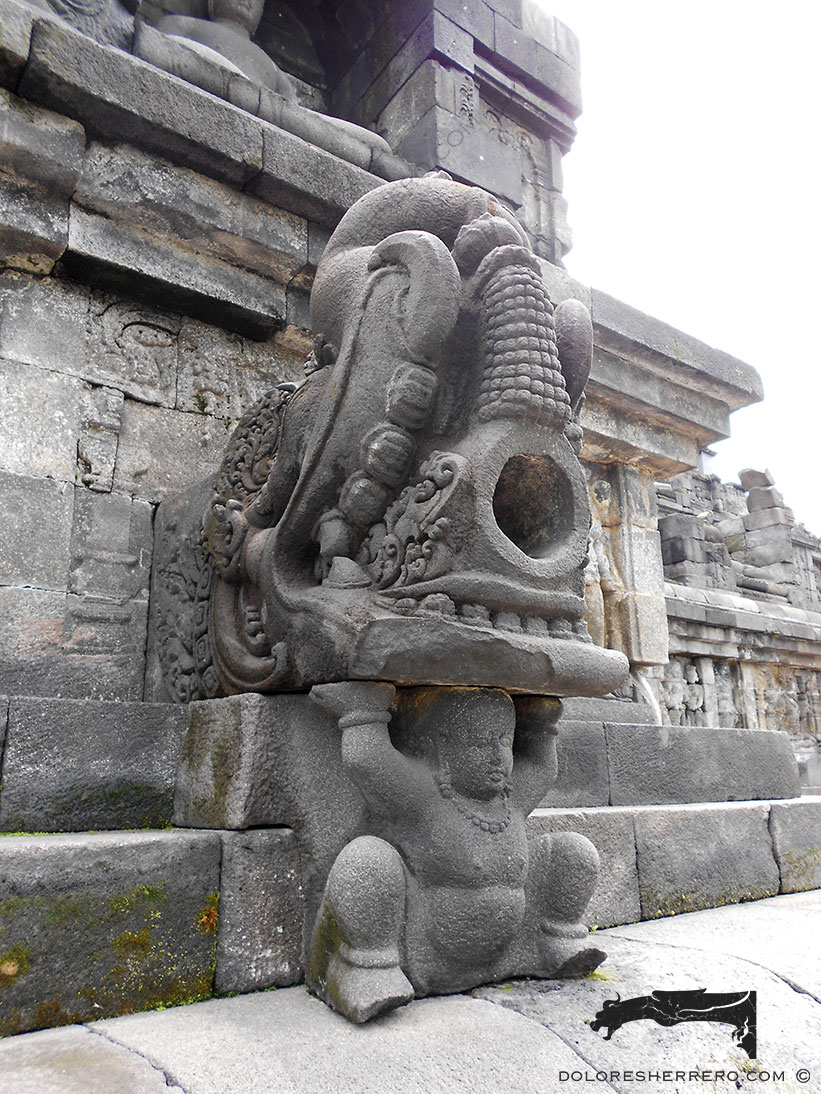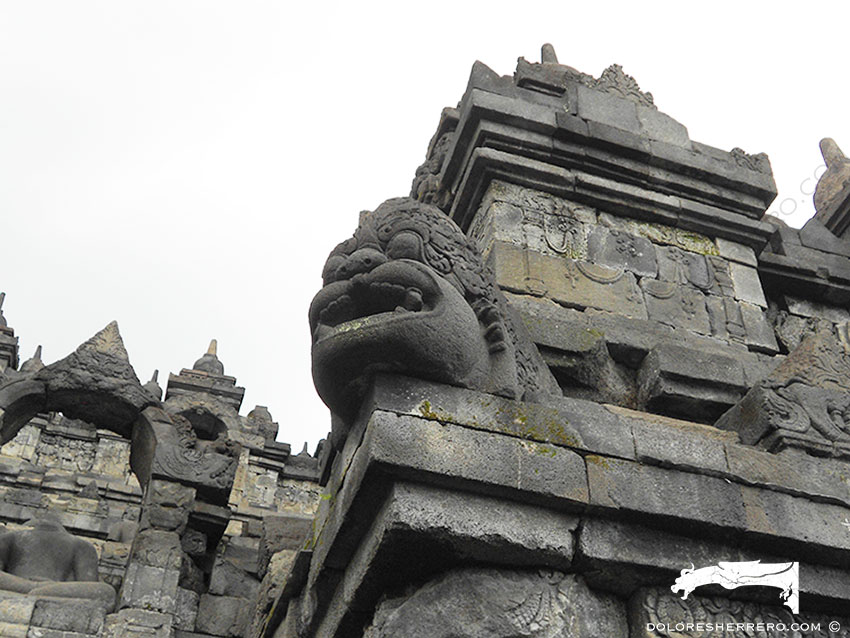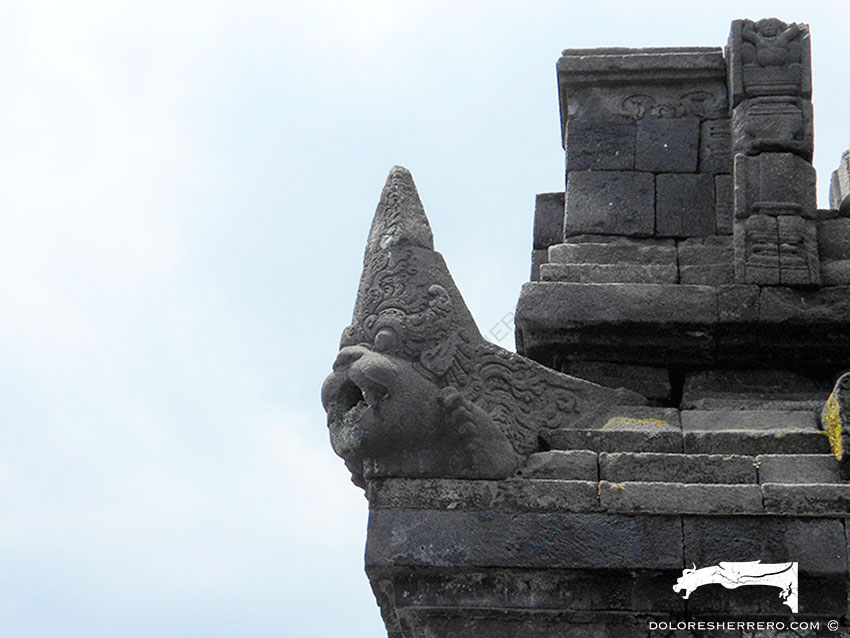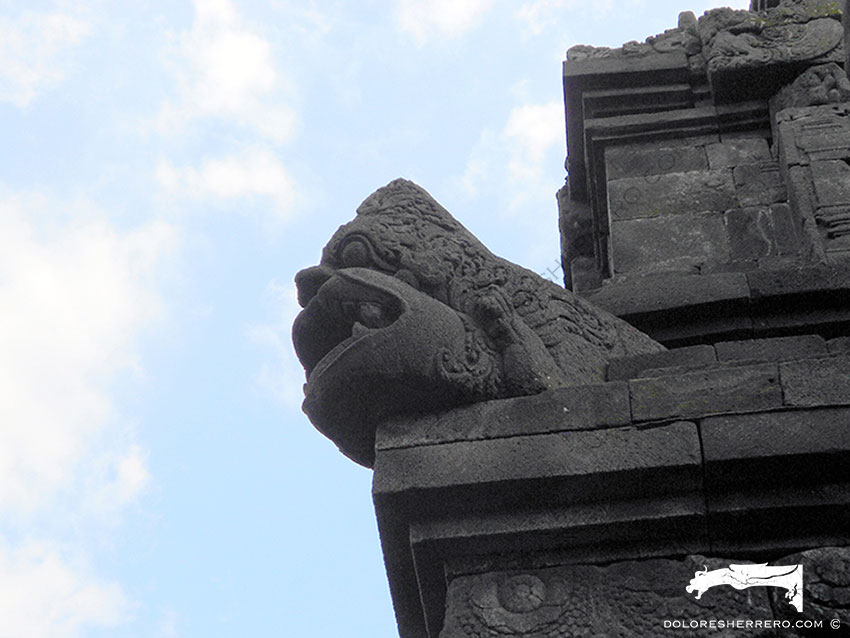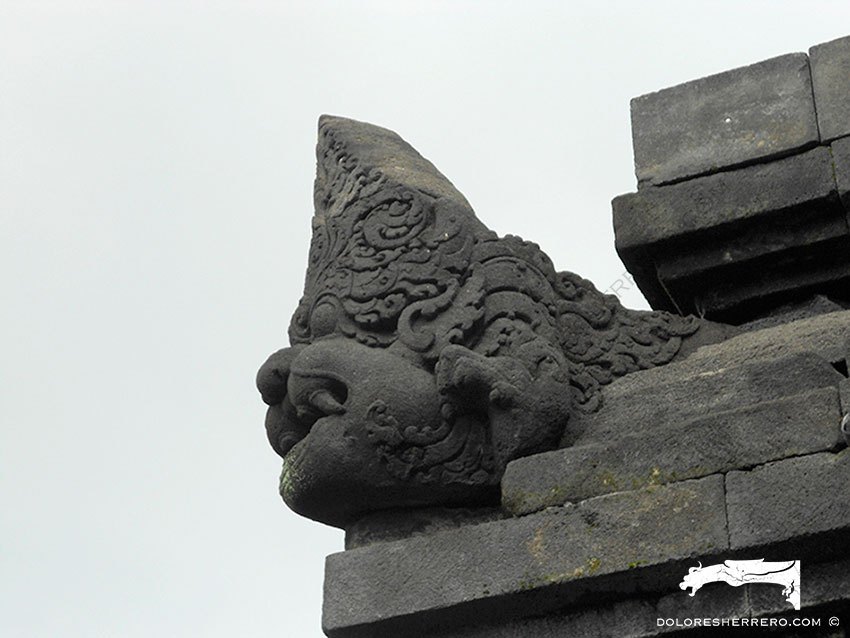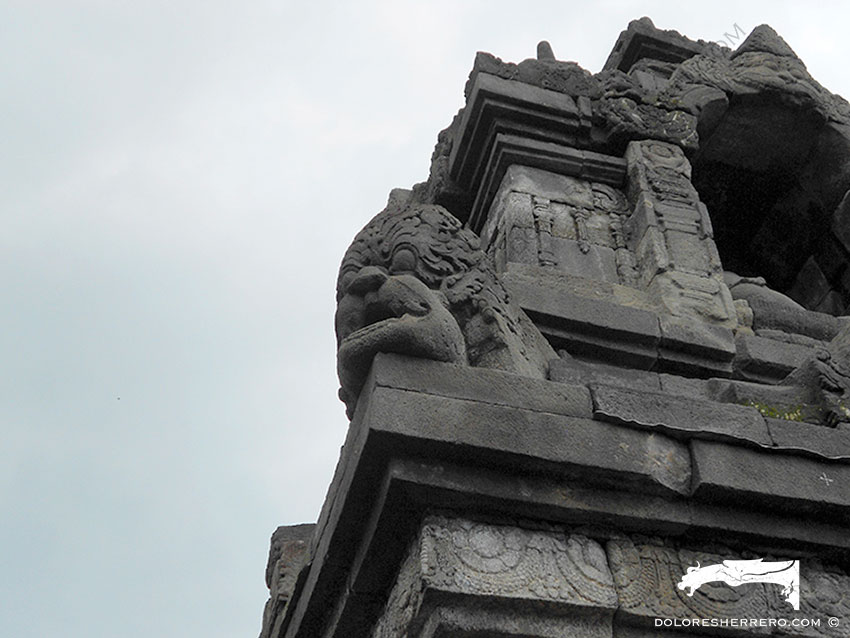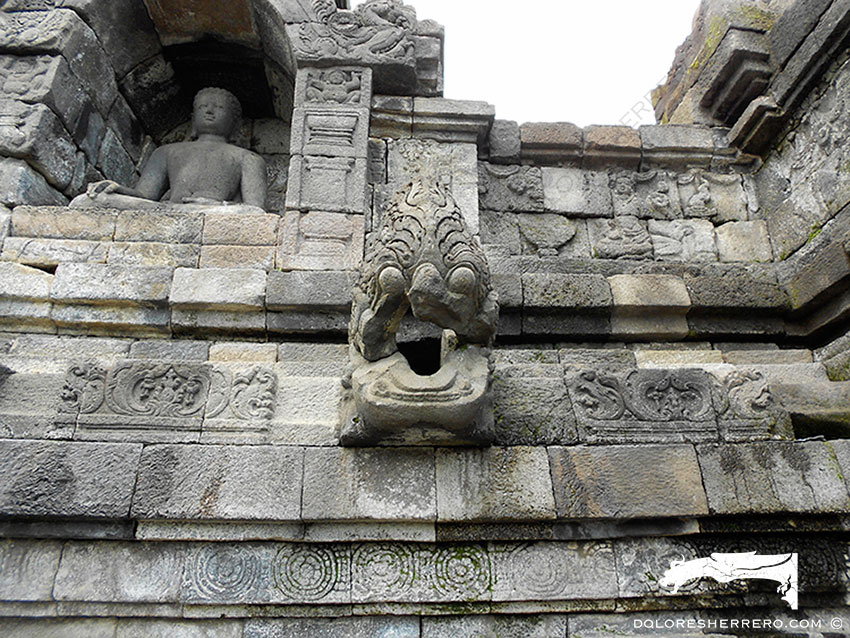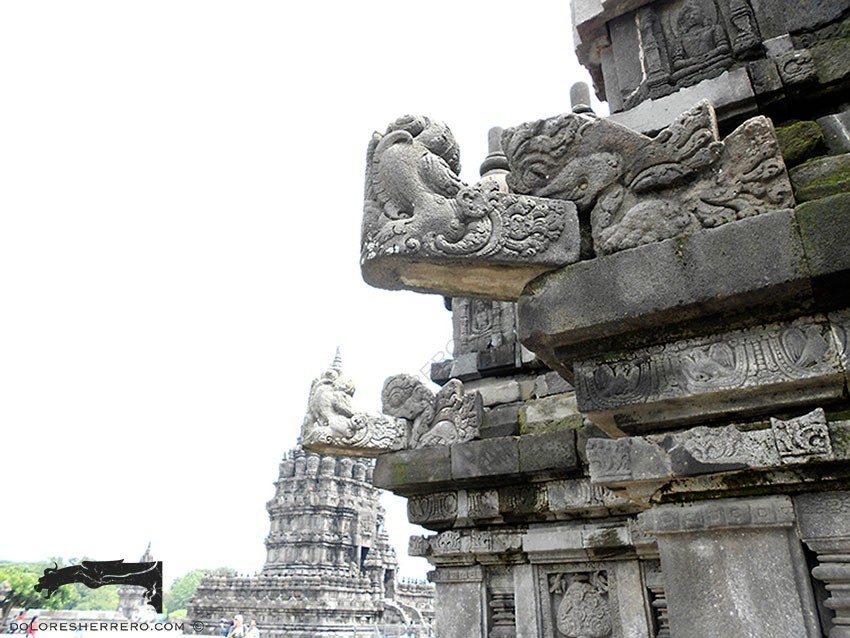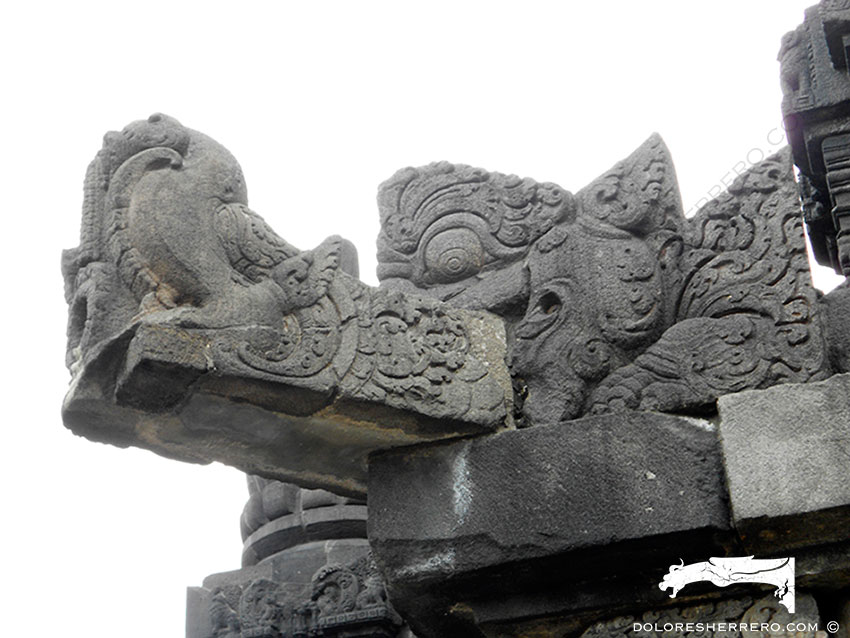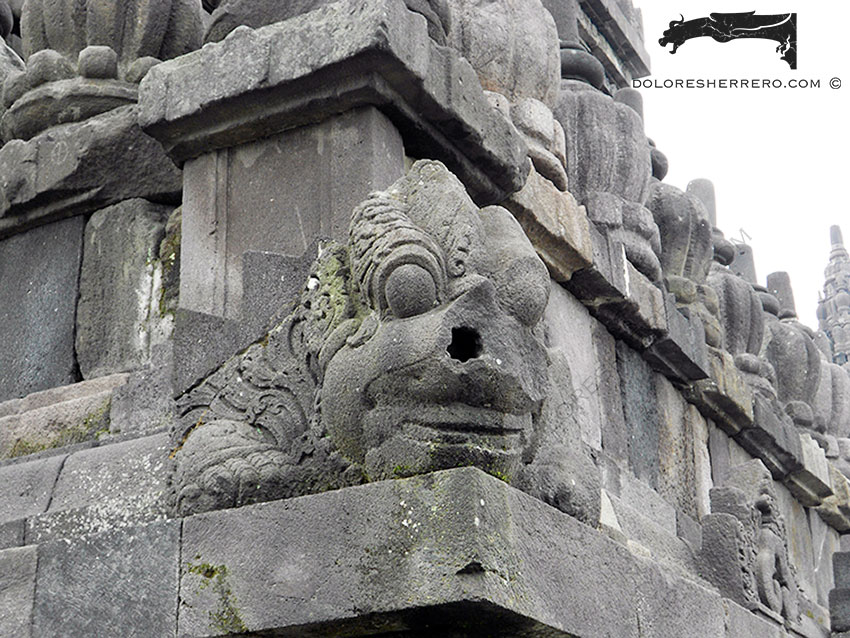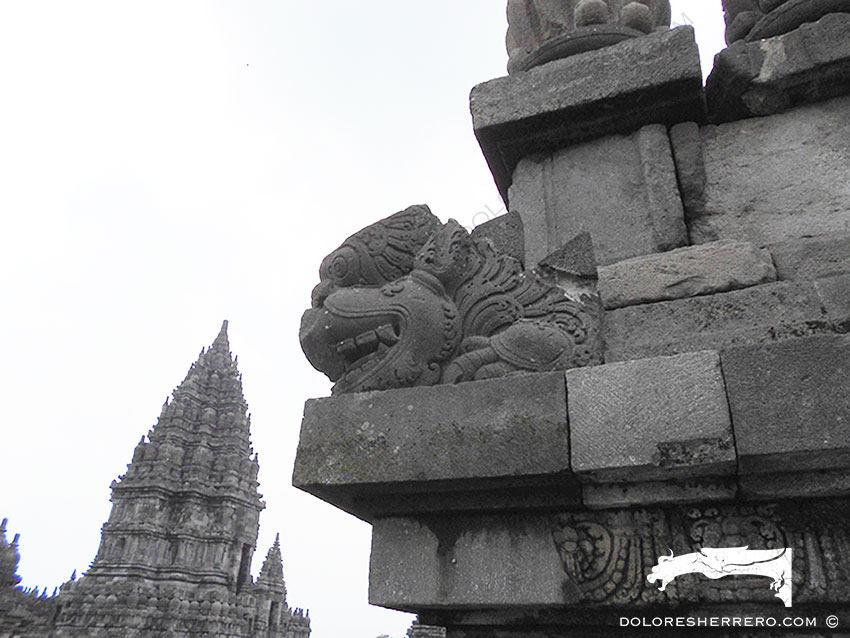Gargoyles in Asian Temples: Art and Mythology in Indonesia
Some temples in Asia have magnificent sets of gargoyles, not just in terms of superb carving but also with a very interesting iconography that tells us about the culture and traditions of the fascinating countries on the Asian continent. Many of these gargoyles depict fantastical figures drawn from the mythology of these countries.
On the island of Java (Indonesia), in the Borobudur (Buddhist) and Prambanan (Hindu) temples, built between the 8th and the 11th centuries, there are some really splendid gargoyles.
The Temple of Borobudur on the Island of Java
The Borobudur temple, the largest Buddhist monument in the world, was built in honour of the Buddha.
The Prambanan Temple Complex on the Island of Java
The Prambanan site is dedicated to the three main Hindu deities that make up the Trimurti: Shiva, Brahma and Visnu.
Indonesian Gargoyles: The Makara and Other Mythological Figures in Stone
The mythological figures depicted on Indonesian gargoyles include the monster Makara, in Sanskrit sea dragon or water monster (मकर). It’s the most commonly recurring creature in Hindu and Buddhist temple iconography and is regarded as a guardian god, which is why it appears on walls and temple entrances.
Makara is a sea creature, a hybrid formed by various animal parts, and its origins lie in Indian mythology. It’s depicted with the head of an elephant and the body of a fish. Makara is also said to have a scaly body, tusks and boar or pig‘s ears, sometimes with a peacock tail with the feathers spread out.
It has been linked to the crocodile, in fact it’s said to have this reptile’s jaw. Makara’s powers are connected with sexuality and virility. It’s also considered as a vehicle (vahana) of the Ganges river goddess (Ganga) and the sea god (Varuna).
Makara frequently appears as a gargoyle, like at the sites of Borobudur and Prambanan, where you can see some absolutely beautiful and intricately carved examples.
In addition, gargoyles featuring other types of monsters from traditional Indonesian imagery can also be found.
Images of Indonesian Gargoyles from a Personal Experience
On one of his trips to Indonesia, our son Manuel brought us photographs of some of these remarkable gargoyles, fantastic figures that we want to share with you.
A gallery of singular sculptures that brings us closer to the mythical soul of Indonesia’s gargoyles.
- Makara. Temple of Borobudur
- Makara. Temple of Borobudur
- Makara. Temple of Borobudur
- Temple of Borobudur
- Temple of Borobudur
- Temple of Borobudur
- Temple of Borobudur
- Temple of Borobudur
- Temple of Borobudur
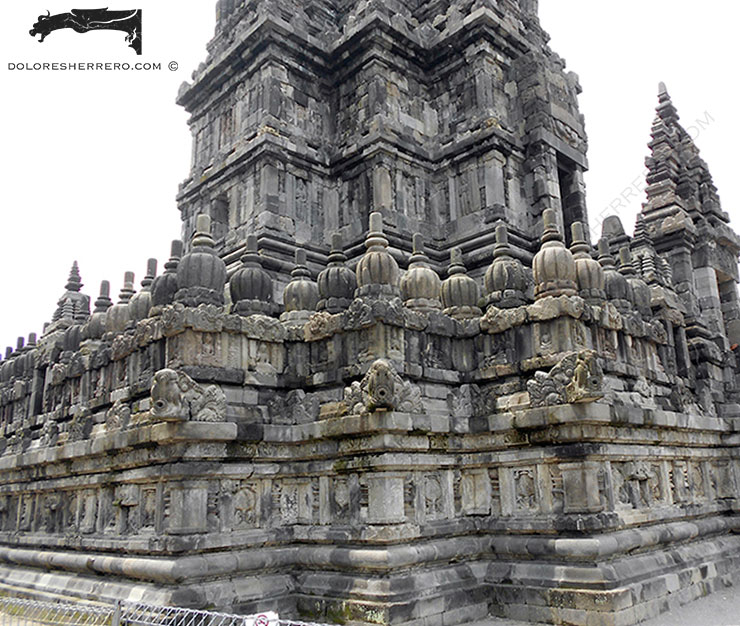
Makaras. Temple of Prambanan
- Temple of Prambanan
- Temple of Prambanan
- Temple of Prambanan
- Temple of Prambanan

Doctor of Art History and researcher specializing in the study of gargoyles.
I am Dolores Herrero Ferrio, and my thesis, “An Approach to the Study of Gargoyles of Gothic Cathedrals in Castilla and León”, is dedicated to the study of these fascinating figures.
If you like gargoyles and art history, you will also enjoy my book, “The Gargoyle and Its Iconography,” a book I have written with great care for those interested in the world of gargoyles.
I have created my own Encyclopedia of Gargoyles, a Gargopedia to share with you, where you will discover all the secrets and wonders of these enigmatic sculptures.
I hope you enjoy this Gargopedia as much as I have enjoyed creating it, and remember that each gargoyle has a story to tell, and here you will discover them all.
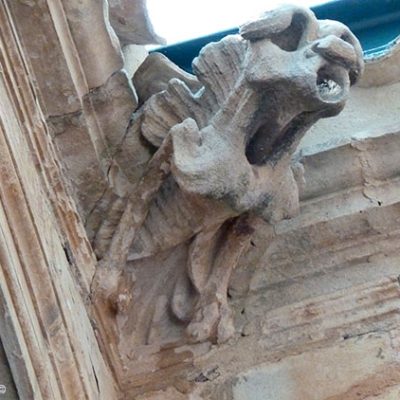 Gargoyles on the University of El Burgo de Osma (Soria, Spain): Tradition and Art in Stone
Gargoyles on the University of El Burgo de Osma (Soria, Spain): Tradition and Art in Stone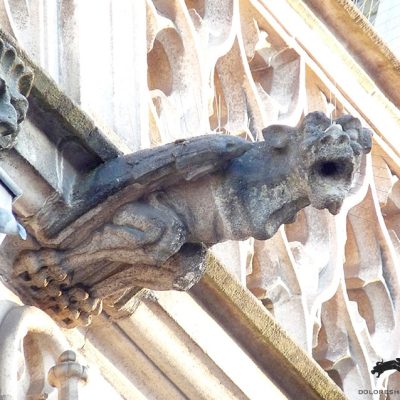 The Gargoyles of the Burghers’ Lodge in Bruges
The Gargoyles of the Burghers’ Lodge in Bruges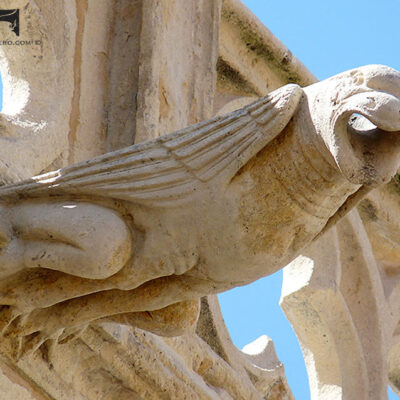 Animal Monsters in Gargoyles
Animal Monsters in Gargoyles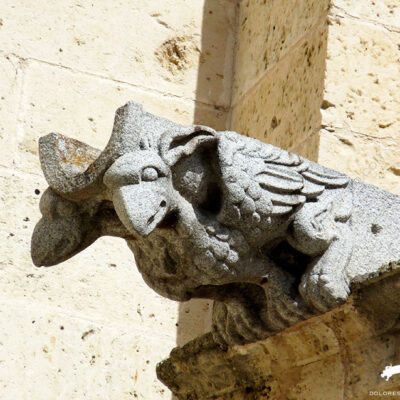 The Two-headed Creature and its Portrayal in Gargoyles
The Two-headed Creature and its Portrayal in Gargoyles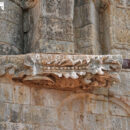 Gargoyles on the Eastern Side of the New Cathedral of Salamanca (Spain): An Unusual and Exquisite Ensemble
Gargoyles on the Eastern Side of the New Cathedral of Salamanca (Spain): An Unusual and Exquisite Ensemble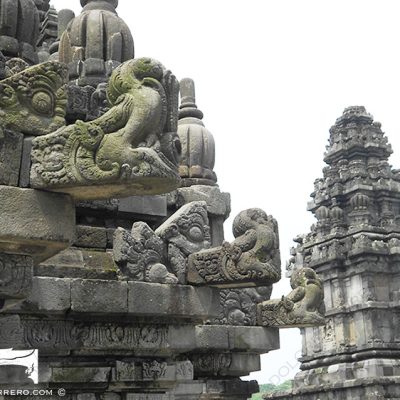 Gárgolas de Indonesia: rostros míticos en la arquitectura tradicional asiática
Gárgolas de Indonesia: rostros míticos en la arquitectura tradicional asiática Gargoyles of Quito (Ecuador): Animal Sculptures in Andean Architecture
Gargoyles of Quito (Ecuador): Animal Sculptures in Andean Architecture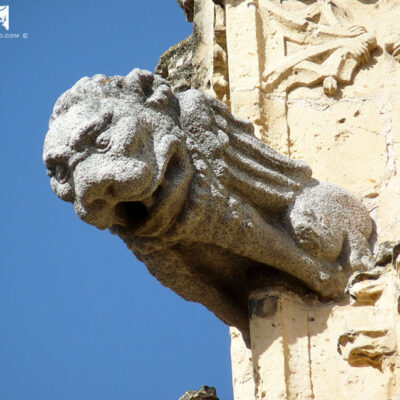 The Exceptional Gargoyles of the Segovia Cathedral
The Exceptional Gargoyles of the Segovia Cathedral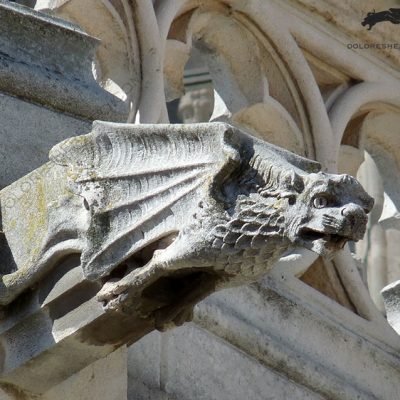 Imposing Gargoyles at the Head of Palencia Cathedral
Imposing Gargoyles at the Head of Palencia Cathedral
